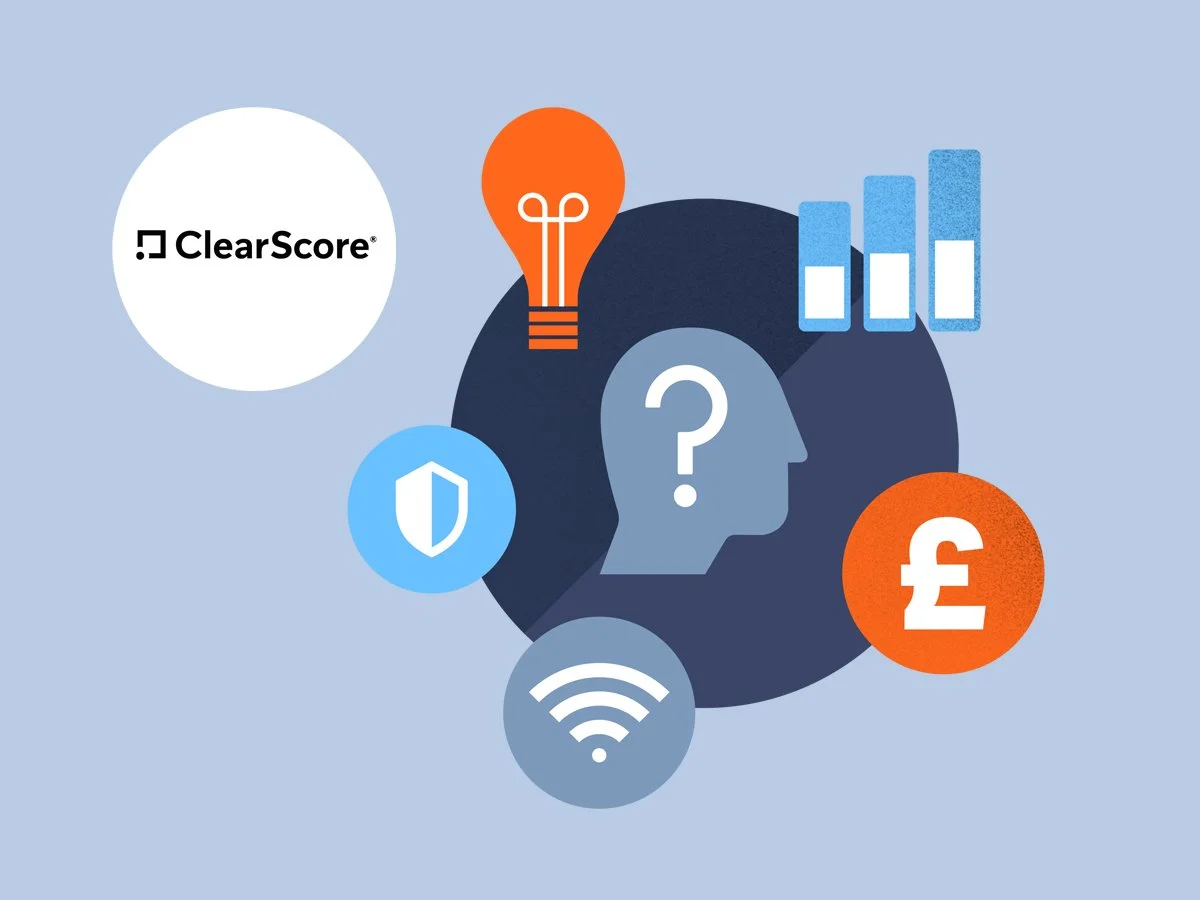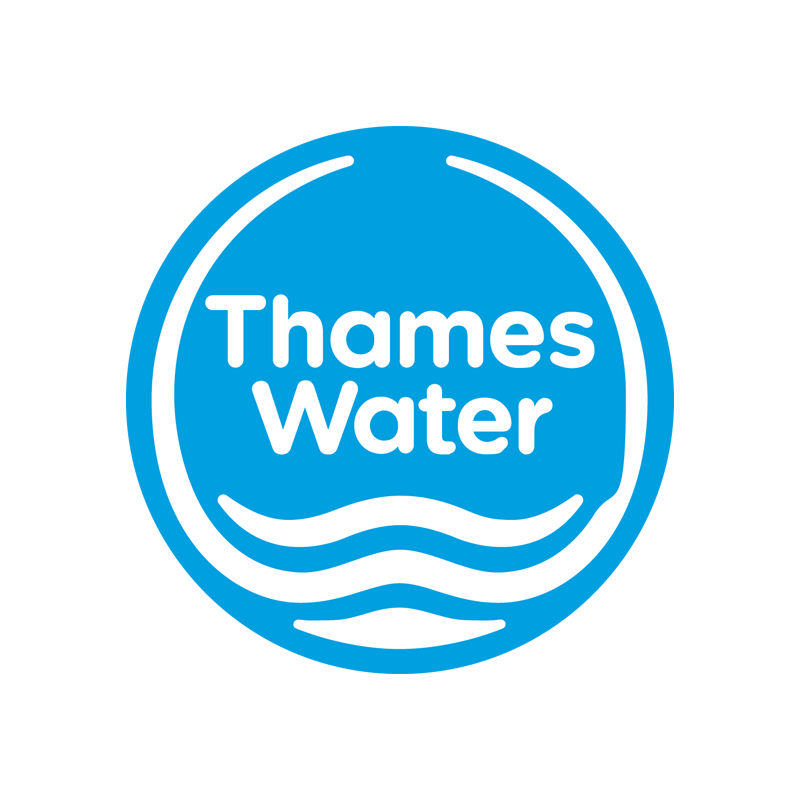
Plain Numbers in Practice
Showcasing real world impact
In July 2024 we published our Plain Numbers in Practice report, highlighting the diverse applications of the Plain Numbers Method across a wide range of communications.
The report features case studies from six of our partners:
Aviva income protection statement
The Plain Numbers Approach in action
Numbers themselves
Careful decisions have been made to minimise the numerical information the customer needs to interpret whilst still being able to achieve their aims.
Numbers in context
Numbers are supported by clear and simple language. They are contextualised with a sense of narrative which makes it easy for the customer to piece them together and understand their meaning.
How we think
The three most important numbers for customers stand out on the first page – making it easier to understand for customers when they are ‘thinking fast’.
View the full case study for Aviva here.
The Plain Numbers version of the payment options
Click on the image to view the detail.
This new communication gives Aviva’s customers clear and concise information so that they can make informed decisions about their policy.
Energia bill notification emails
The Plain Numbers Method in action
Numbers themselves
The emails contain as few numbers as possible in the top layer whilst still meeting the customer’s needs. The cost and relevant dates are the only numbers featured. The amount being paid is the most relevant information for the customer, so this is in the first line.
Numbers in context
A strong sense of narrative is used to give the customer a clear story to follow. The language is humanised and jargon-free.
How we think
A layered approach is used to provide extra information. Full breakdowns are left out from these emails and customers are directed to their online account if they are interested.
View the full case study for Energia here.
Certified Direct Debit version
Click on the image to view the detail.
Jaja Finance Credit Card
application journey
The Plain Numbers Method in action
Numbers themselves
Any numbers that are not directly relevant to the customer’s choice have been omitted to avoid potentially confusing noise. Key numbers are presented consistently across all the screens.
Numbers in context
Useful context is now given for the key numbers on the landing page. Adding just a few words such as ‘you can borrow up to’ makes the meaning of ‘credit limit’ much clearer.
Throughout the journey language such as ‘gross annual income’ has been removed. It has generally been softened to make it easier for customers to understand, for example replacing ‘affect your ability to repay the credit you’re applying for’ with ‘make it harder to pay back what you borrow on this card’.
How we think
Layering has been used to give more information about key numerical terms like ‘APR’ without disrupting the user experience. Questions on the eligibility form are now better aligned to customer thinking and are easier to answer.
View the full case study for JaJa here.
Left: Before
Right: After
Click on the image to view the detail.
This example shows that sometimes the changes the Plain Numbers Method generates are relatively small but can make a big difference.
Nationwide
loan quote screens
The Plain Numbers Method in action
Numbers themselves
The differences in the cost of borrowing (interest) and timeframes for repayment are calculated for the customer.
Numbers in context
Uses a storytelling approach to make sure each number has clear context and meaning. The humanised language throughout allows for greater understanding.
How we think
Options are presented consistently to allow easy comparison.
View the full case study for Nationwide here.
Left: Before
Right: After
Click on the image to view the detail.
PayCaptain payslip
The Plain Numbers Method in action
Numbers themselves
Far fewer numbers are presented to the employee; those that don’t enable them to understand the most important information in their payslip have been removed. These careful choices help reduce maths anxiety and make the payslip easier to understand.
Numbers in context
Jargon around the numbers has been removed – making it easier for the employee to work out what each number means. For example, terminology such as ‘net pay’ has been replaced by humanised language, in this case ‘take home pay’.
How we think
The focus has been placed on the numbers of most interest to most employees – the amount they will get paid and when.
A layered approach has been used to remove numerical noise from the main communication but still allow people to access full details if they need to.
View the full case study for PayCaptain here.
Left: Before
Right: After
Click on the image to view the detail.
Thames Water
Online Account Dashboard
The Plain Numbers Method in action
Numbers themselves
The numbers associated with historical billing information have been removed from the main account page. This reduces unnecessary noise.
Numbers in context
Terms such as ‘in credit’ and ‘in debit’ can be confusing and are often misunderstood. Thames Water have made it easier for customers to understand these terms by humanising language and presenting the information as a narrative.
How we think
Listening to customer feedback allowed Thames Water to be clear on their customers’ intent. Information has been presented in order of importance so customers can navigate to options as quickly as possible.
View the full case study for Thames Water here.
Left: Before
Right: After.
Click on the image to view the detail.
Read the full Plain Numbers in Practice report here
View more research and case studies
-

Initial trials (5 separate pieces of research)
In 2021, with the support of the Bank of England and Kantar Public, we conducted a series of randomised controlled trials to test just how effective the Plain Numbers Method could be.
-

Clearscore APR
In 2024 we partnered with Clearscore to explore whether clearer, more intuitive credit information could improve consumer comprehension. We were interested in whether including APR and a representative example helps decision-making.
-

Case Studies
See how Plain Numbers improves customer understanding with real-world case studies.

Numbers shape what people understand, how they make decisions, and who they trust.
Get them right, and you can unlock a whole new level of clarity, confidence, and connection with your customers. We can show you how.












